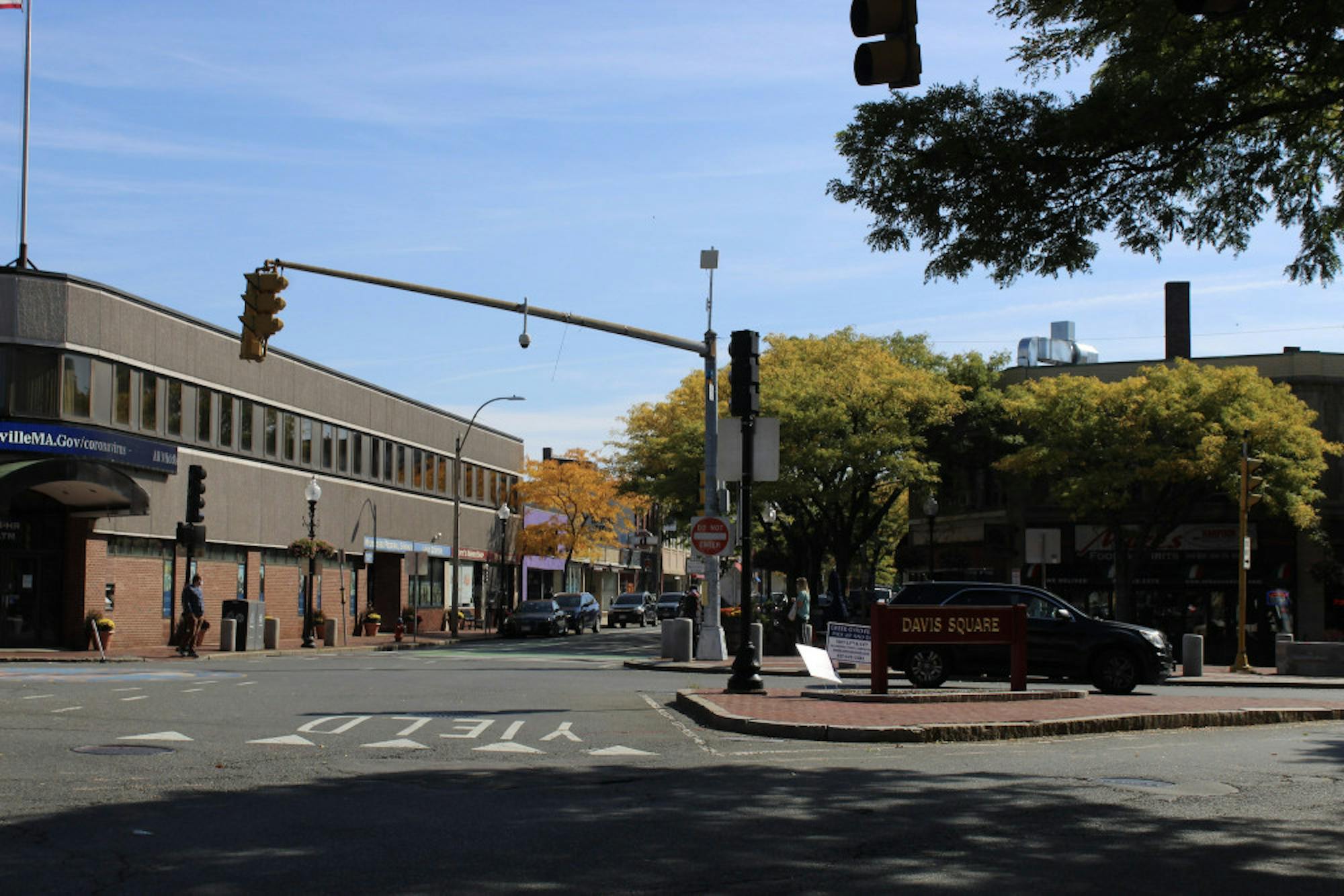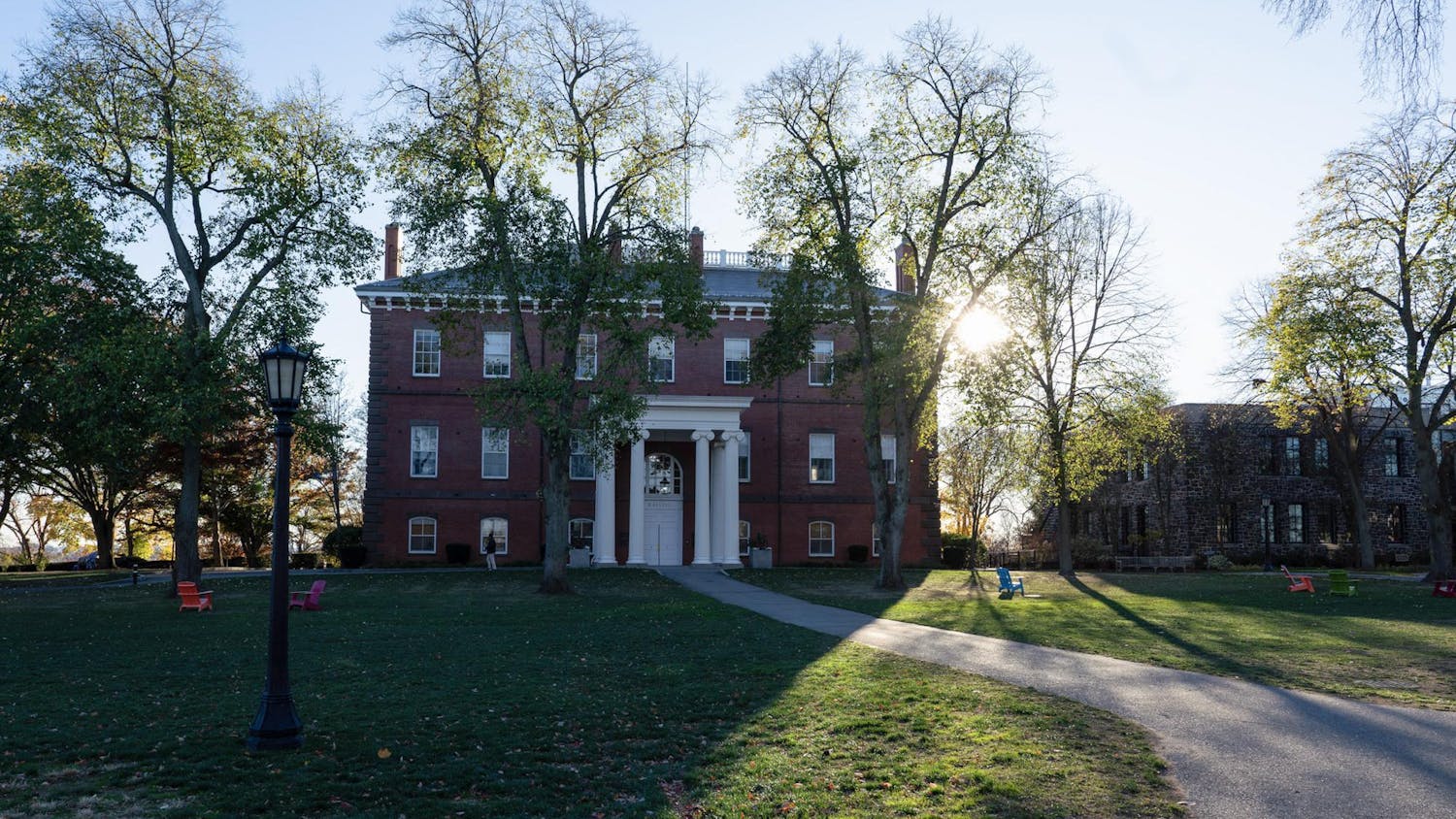The City of Somerville recently entered the "higher risk" zone for COVID-19 cases, with an average of 8.2 new cases per 100,000 people, according to Massachusetts' COVID-19 Community-Level Data Map. Medford remains in the "moderate risk" category, with an average of 6.7 new cases per 100,000 people, based on the same data.
The state deems cities and towns with over eight daily cases per 100,000 people as higher risk or in the red category and between four and eight daily cases per 100,000 people as moderate risk or in the yellow category.
Tufts’ relatively few cases of COVID-19 have contributed little to the categorization of Somerville and Medford, according to Somerville Mayor Joe Curtatone, Medford Mayor Breanna Lungo-Koehn and University Infection Control Health Director Dr. Michael Jordan.
Curtatone addressed how the university's response to the pandemic, despite initial concerns, has minimized the spread of COVID-19.
“The university listened to those concerns and made changes to the campus plan … the result was an even stronger program that has worked to date … to curtail our community spread,” Curtatone said.
Lungo-Koehn shared how Medford constituents have seen Tufts students following proper precautions and health guidelines.
“Most of the times I hear about Tufts students or if people see Tufts students walking to classes or within our community, it’s always a positive comment," she said. "I appreciate the effort that the students are putting in so that they can continue to be on campus and continue to keep our community and the Tufts community safe."
Jordan advised the Tufts community to be especially mindful of COVID-19 safety practices due to the growing number of cases in neighboring areas.
“We must increase our vigilance and always maintain physical distancing and hand hygiene and always ensure that we are wearing our masks and encouraging our friends, roommates and housemates to be doing the same,” he wrote in an email to the Daily.
Currently, there are no plans to make changes to campus policies following Somerville’s red categorization, although Jordan noted that the university has prepared response plans in the case of increased coronavirus incidences.
Curtatone indicated that Somerville’s location has contributed to the growing number of COVID-19 cases, and that the city decided to delay the Phase 3 Step 2 openings, which would have allowed for higher gathering numbers for various activities.
“We are still a neighbor to every community in this metropolitan area, and the virus doesn’t know any borders ... we sit in one of the most densely populated regions in the country where people ride the same transit system. Our frontline and essential workers on those same systems and our borders are very integrated with one another,” Curtatone said.
Curtatone anticipates that Somerville’s categorization may shift as a result of Massachusetts’ approach in addressing COVID-19.
“I expect to come out of the red and kick back in and back and forth and that’s also a consequence of really the lack of plan of the Commonwealth and not thinking of this regionally rather city by city and town by town and you can’t have 351 varying approaches to our responses to the pandemic,” Curtatone said.
Although Medford is in the yellow category, Lungo-Koehn mentioned the steady increase in cases over the past few weeks.
“We’ve been in the yellow for [the] last three to four weeks, which is good that we’re not in the red, but we are inching our way closer to red. Two weeks ago, we were average about 4, 4.5 per day. Last week, we were at about a 5.5 and this week, we are up to 6.7 cases per day,” Lungo-Koehn said.
Lungo-Koehn attributes Medford’s growing COVID-19 rates to the city’s distribution of community members and the lower precautionary measures.
“Medford is thickly settled in some parts. We have a lot of essential workers that live in Medford. We have a lot of families and multi-generational homes. We have three to four nursing homes,” Lungo-Koehn said.
To address the city’s high case rates, Curtatone assured that Somerville will continue to follow and analyze data from the community.
“As a city, we’ve been more diligent, analytical, deliberate and methodical than other cities and towns as we heavily relied on data and expertise to guide our decision-making,” Curtatone said. “As cases increase or if there’s a spike, our task is to determine [the] origin of those cases."






